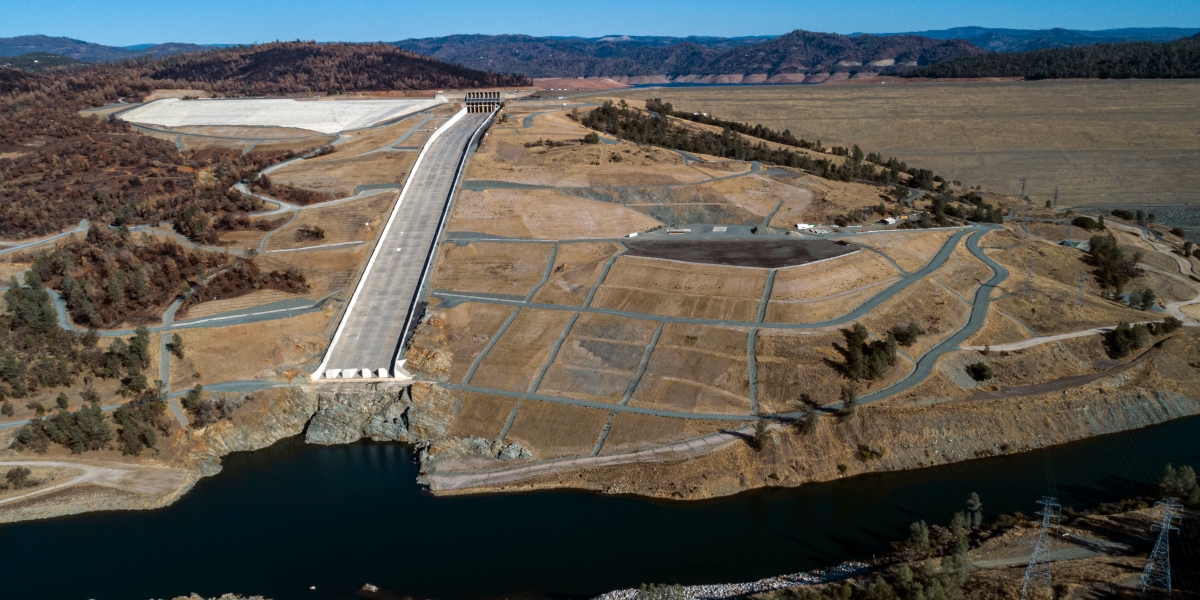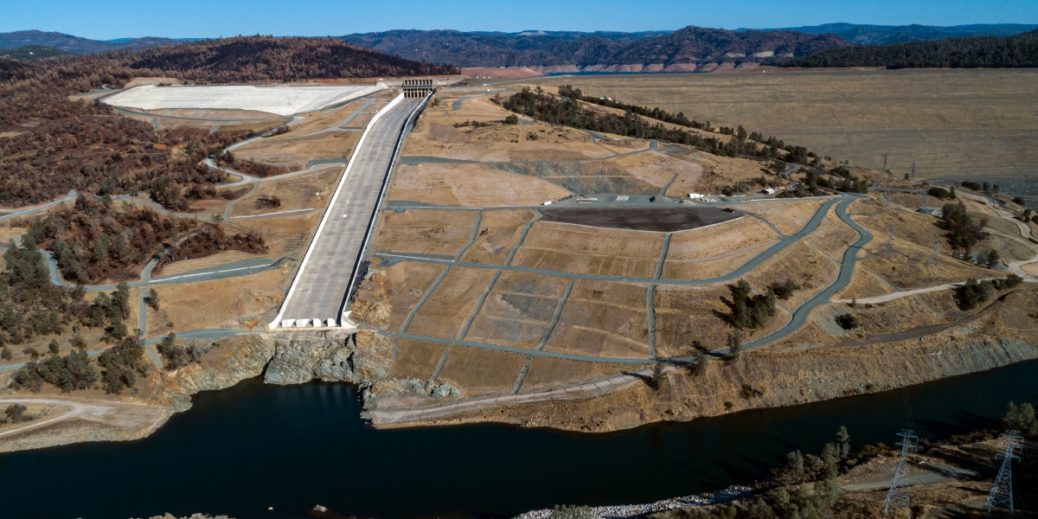
Hydropower often comes under fire for its environmental impact, because dams disrupt ecosystems. In fact, California currently doesn’t count large hydropower plants in its renewable-power targets. But regardless of how it’s categorized, hydropower is a lower-emissions alternative to fossil fuels.
During high-stress times on the grid, the reduced reliability of hydropower is already causing problems, says Brian Tarroja, an energy researcher at the University of California, Irvine.
Last year, the Bootleg fire in neighboring Oregon affected several transmission lines in California at a time when soaring temperatures had increased electricity demand. Running hydropower plants at their drought-reduced capacity while ramping up natural-gas plants was barely enough to keep the power on.
These difficulties are likely to continue, Tarroja says. Climate change is altering rainfall patterns and causing higher temperatures, even if overall precipitation stays constant. The effects are likely to challenge hydropower in the coming decades.
Places with high levels of hydropower may need to start planning for the effects of climate change on power generation. That’s not just California: droughts in Brazil and China have also threatened hydropower capacity in recent years.






Recent Comments